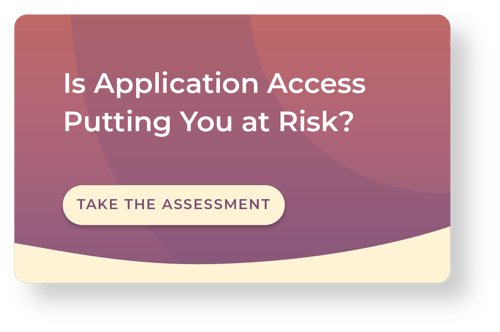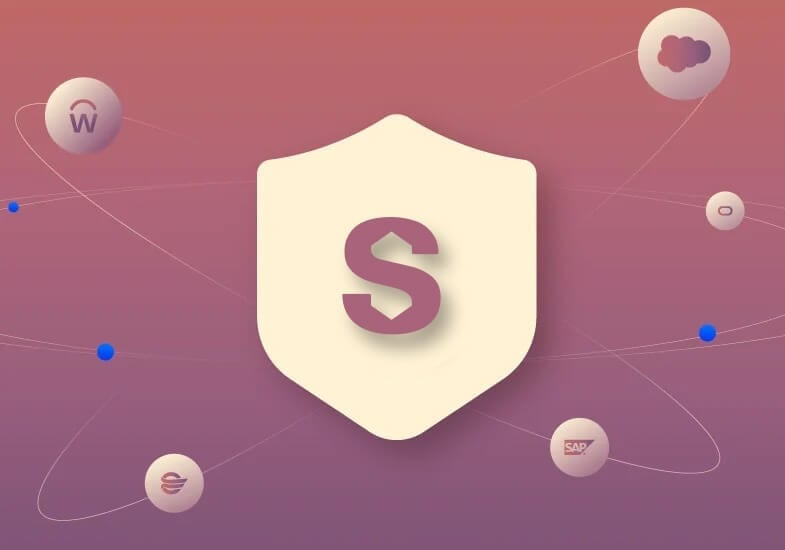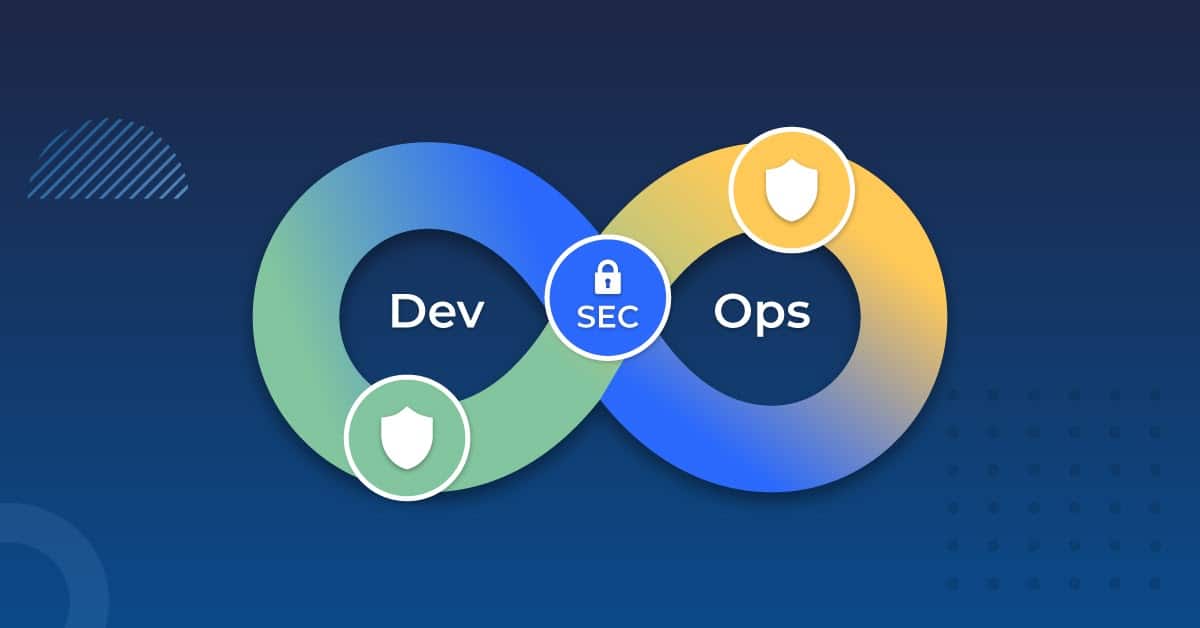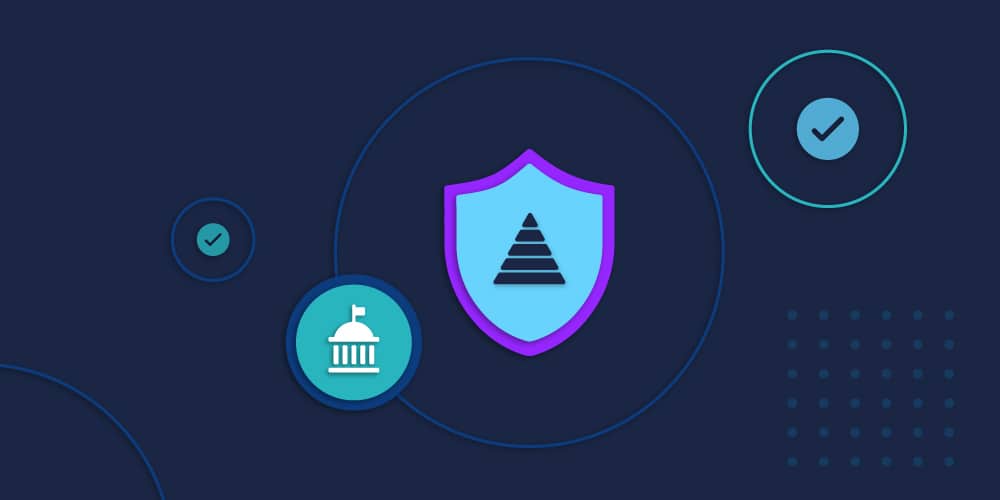Take This 10-Minute Assessment To Determine How Your Application Access Governance Program Stacks Up.
Ever noticed how many times a week people ask, “How’re you doing?”
Most of the time, they don’t really want to know. And most of the time, we answer without much thought. Rarely do we stop and consider: How am I actually doing? And compared to what?
So it’s with all sincerity that we’re asking, “How’s your application GRC program doing?” We mean it. We want all the details. We know that governance, risk, and compliance programs can be both broad and deep. And when it comes to application access governance in the context of current threats, company goals, and the industry at large — it’s difficult to know how you’re actually doing.
That’s where we come in.
Saviynt has built a free application access assessment tool that you can use to compare your current level of cybersecurity maturity to best practices. We can show you how you score in critical areas like visibility into Separation of Duty (SoD) violations in your applications, out-of-the-box rulesets, and the ability to see real versus potential risks executed by users.
Let’s peek under the hood where most companies struggle, look at why these pitfalls strain the health of your organization, and how we can help.
Critical Challenges For Application Access
Emergency Access Management
For something that requires speed, emergency access protocols sure can slow teams down. How much time are your people devoting to digging up the information they need to provide emergency access to an application? How many people are involved in providing the information? When the work is completed, are privileged sessions immediately de-provisioned?
On the flip side, gathering evidence for audit around sensitive access is complex, critical — and equally time-intensive. Whether it’s documentation of all entitlements, users assigned to those entitlements, or usage data to track whether the user actually made access — chokepoints abound.
Proper management of elevated access can assure auditors that sensitive access is not granted as “standing access” to end-users, and documented privileged access logging and approvals can significantly improve efficiencies during audit cycles.
Regulatory Compliance Reporting
Internal and external audit teams require a lot of documentation. How clear are you on what’s required? Would you be prepared to begin monitoring regulatory controls if an audit said you had to? If your teams are burning out — or moving too slowly —- manual processes could be to blame.

License Management
When service providers audit licensing, it’s critical to be aware of what’s actually in use versus purchased. Without these insights, you’re likely in for significant cost overages. The ability to monitor usage data can go a long way toward recouping the costs of unused licenses.
Certifications
Nobody likes stale access. But when employees change jobs, or admins back up other user credentials for the sake of expediency, that’s what you end up with. The audit and removal of these expired access assignments is key to reducing risk throughout the full user life cycle.
Rulesets
To get a handle on the full scope of your risk environment, you need accurate risk reports. This includes creating rulesets that define the possible risks associated with each application, as well as cross-application access. But when every application has its own security model, how can you detect cross-application control violations, quickly identify access risks, and stop violators in their tracks?
The answer: visibility. To see across all applications, your rulesets should be customized to your industry, company-specific risk appetite, business processes, and organizational structure. Once established, you can generate reports that cross-reference your ruleset against users’ access within each application and provide a list of risks per user and per application.
User Interface
Does your current approach to Separation of Duties (SoD) Violation Management include features that assist you in successfully managing your risks? If you don’t have full visibility into single and cross-application risks and details, it can be difficult and time-consuming to determine how to remediate and revoke risky entitlements. To do their jobs better, your teams need built-in entitlement usage tracking in applications that can produce data that they can easily pull into risk reports. Is a risky entitlement is actually being used? It’s far quicker to determine remediation via revocation of access.
Cross-Application Risk Reporting
Without the ability to manage Separation of Duties (SoD) violations, there are no guarantees you are correctly reporting or addressing risks for each individual application — not to mention cross-application risks. Are you resorting to multiple GRC tools or expensive connectors to establish the full scope of your risk environment?
Mitigating Controls
How healthy are your controls for each risk? Without a well-defined map of who controls what — and a schedule for review and confirmation from each control owner — you’re in for a bumpy audit. But in such a complex risk environment, what are your options?
Saviynt AAG: Centralized Visibility Across All Applications
Saviynt’s Application Access Governance (AAG) tool can connect to and view all application access in a single risk reporting view, as well as sort risks by application, role, and active usage. This allows your teams to execute fine-grained level risk reports for any application and across applications.
By automating the monitoring, review, and reporting process, you increase efficiency, ensure consistent results from your reviews, and ultimately save your company money. Instead of sinking time into corralling accurate data, your compliance teams can focus on getting results.
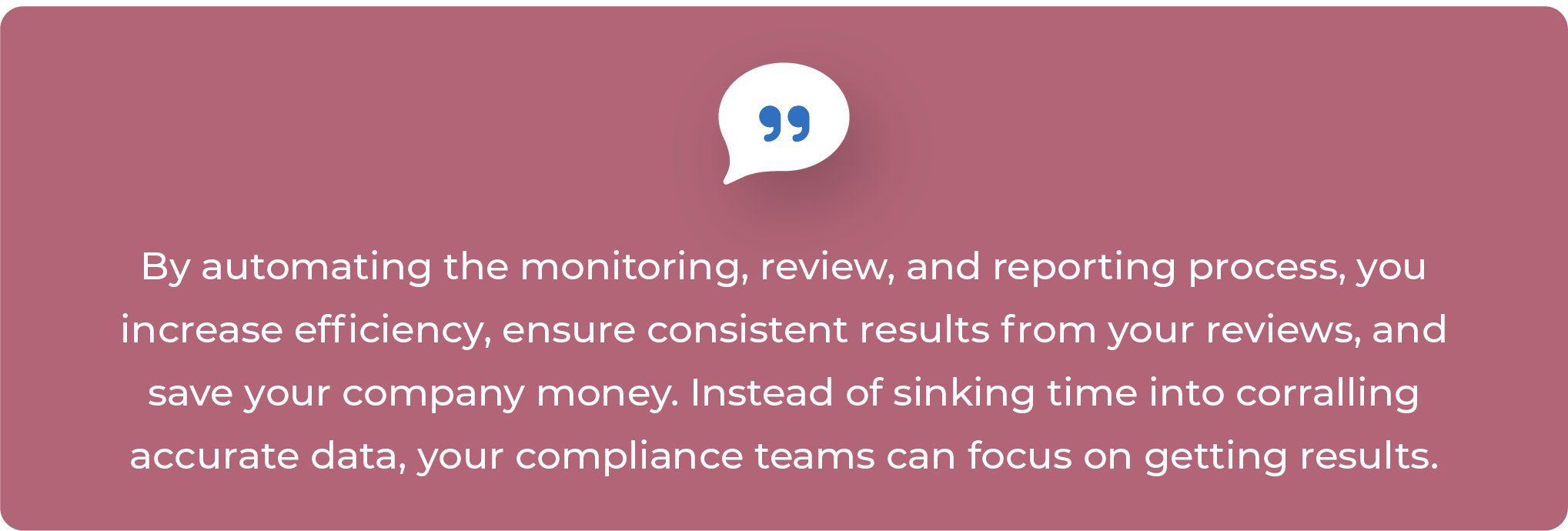
With Saviynt, you can view all application access related to a risk in a single pane of glass view, including an interactive user interface that supports these quick remediation and mitigating features.
With several out-of-the-box application rulesets, Saviynt AAG can also execute fine-grained risk reports for any application and across applications. Our AAG solution also automatically triggers “micro-certifications” that allow for maximum scrutiny — and maximum customization — to meet all of your business requirements.
So, How’s Your App GRC Program Doing — Really?
No matter where you think your risks fall in any of these areas, our AAG Assessment Tool can clear away the confusion. We’ll show you where you’re on target, where you need work, and provide feature ranking with suggestions and next steps to address each area of concern.
It’s available now and takes just a few minutes to complete, so if someone asks how you’re doing, you can confidently answer, “Great!”
